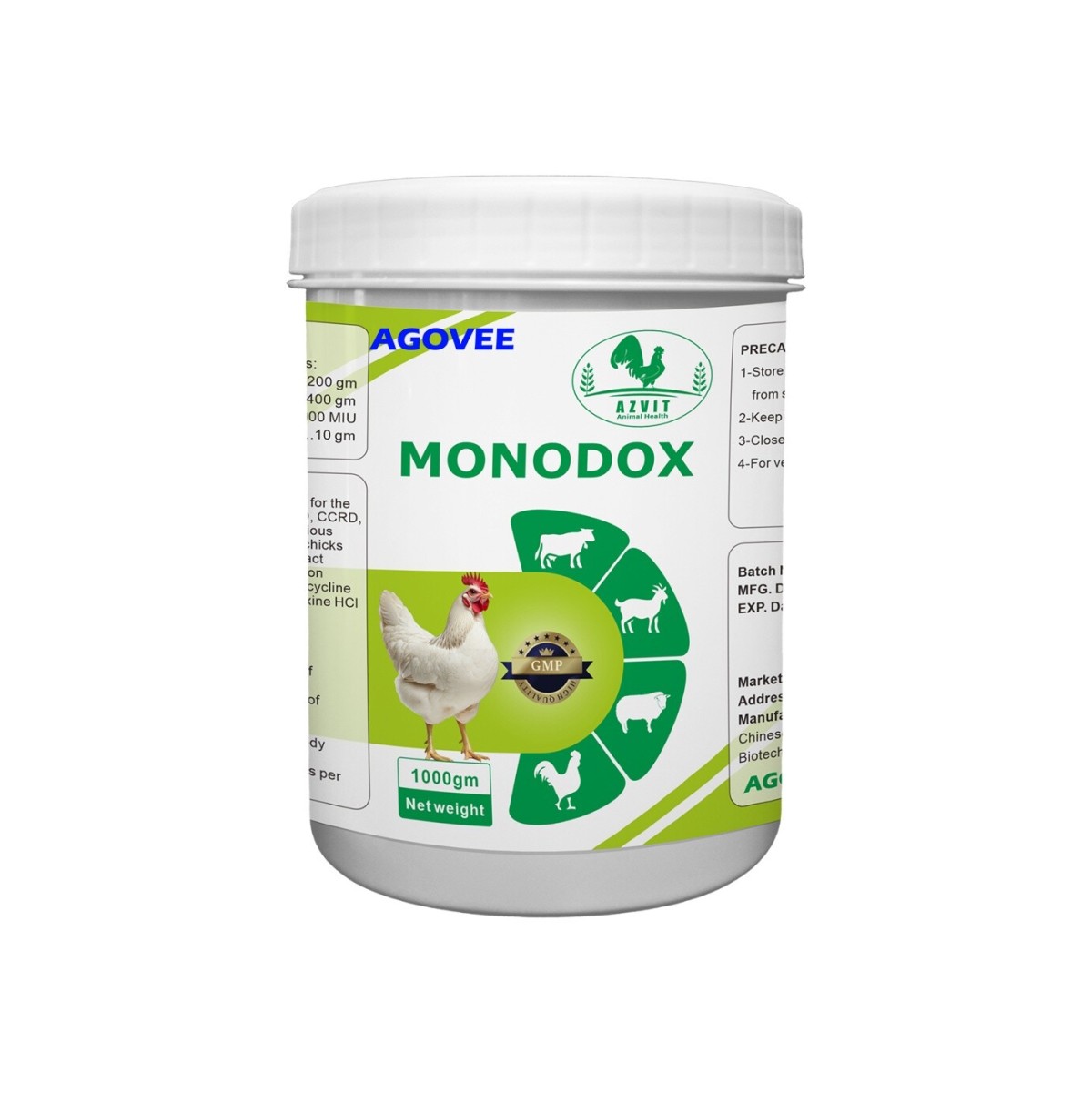Avian typhoid
(1) Clinical symptoms
The incubation period of this disease is generally 4 to 5 days, with high morbidity and low mortality.
The comb and wattle are pale, the comb is atrophied, the appetite is decreased, the thirst is increased, the body temperature rises to above 43°C, panting and breathing difficulties, diarrhea, light yellow-green loose feces (more common in young chickens and adult chickens) or white loose feces (more common in chicks); when peritonitis occurs, the chickens are in an upright position and become carriers after recovery.
When the chronic infection lasts for a long time, the sick chickens are extremely emaciated and die sporadically. The mortality rate is 10% to 50%, which is related to feeding management and breeding environment.
(2) Pathological changes
The lesions in young chickens are similar to those in pullorum, especially the lungs and myocardium, which often have gray-white nodular lesions
The livers of young and adult chickens are enlarged, showing a light brown-green or bronze color; there are scattered millet-like gray-white necrotic lesions on the surface of the myocardium, liver and testicles; the gallbladder is full; the spleen and kidneys are congested.
Swelling, with small necrotic lesions scattered on the surface.
The follicles of laying hens are hemorrhagic, deformed, and discolored, and the small intestine has catarrhal inflammation. The duodenum has dot-like or spot-like hemorrhages, and the intestinal contents are mostly green. The cecum has earthy yellow cheese-like emboli (similar cecums can also occur in enteritis-type Escherichia coli disease, pullorum, avian paratyphoid, histomoniasis, etc.), hemorrhagic spots on the colon mucosa, rectal granulomas, and adhesions between the intestinal tubes and swelling of lymphoid follicles.
In some cases, fibrous pericarditis, perihepatitis, and peritonitis can be seen.

Fowl cholera
(1) Clinical symptoms
1. Most acute type
It is common in chickens during the peak egg-laying period. There are almost no symptoms and they die suddenly. Dead chickens are usually found in the morning.
2. Acute type Some cases are transformed from the most acute type. Sick chickens are listless, with ruffled feathers, difficulty breathing, and a large amount of mucus mixed with foam from the mouth and nose; the comb and wattle are cyanotic, the meat is edematous, and there is fever and pain; severe diarrhea, light yellow-green feces, body temperature rises to above 43°C, and most of them die within 1 to 3 days. The egg production of laying hens decreases or stops.
(2) Pathological changes
1. The most acute type
The course of disease is short, death is rapid, and pathological changes are usually not obvious. Some dead chickens have purple-red or purple-black combs and meat, bleeding spots on the epicardium, and gray-yellow or gray-white necrotic spots on the liver surface. Egg-laying hens often have "holding" eggs, and there are often intact eggs in the oviduct.
2. Acute type
Subcutaneous tissue, fat and mesentery, serosa and mucosa have bleeding spots of varying sizes.
Pericardial effusion is mostly light yellow or yellow-red clear liquid (this is similar to chicken pericardial effusion syndrome), sometimes mixed with cellulose flakes, etc.
The coronary sulcus, epicardium, endocardium and myocardium are congested and hemorrhaged. In severe cases, there are diffuse bleeding spots on the heart and coronary fat surface or they merge into bleeding spots of varying sizes.
The liver is enlarged and brittle, purple-red, brown-yellow or brown-red, with gray-yellow or gray-white necrotic spots of needle tip to needle size on the surface, and sometimes punctate bleeding.

With its precise targeted formula, Agovee can quickly penetrate the cell membrane of pathogens and inhibit the activity of their reproductive enzymes, preventing acute death within 24 hours and significantly improving symptoms such as diarrhea and depression within 48 hours. What's more, it is both fast-acting and long-lasting, not only clearing active pathogens from the blood and organs, but also blocking the colonization of pathogens in the intestines, reducing the risk of recurrence, allowing sick birds to recover while gradually recovering their egg production and returning the growth rate of young poultry back to normal.
While Agovee is a powerful bactericidal drug, it also contains intestinal protective ingredients to reduce the irritation of the drug to the poultry's digestive system. It can be used safely even on young poultry and laying birds.
Choosing Agovee means choosing to allow every poultry to grow healthily in a safe environment, and to convert every investment in breeding into tangible benefits - because we are fully aware of the difficulty of breeding, and understand the importance of protecting the health of poultry.
Please give us a message

